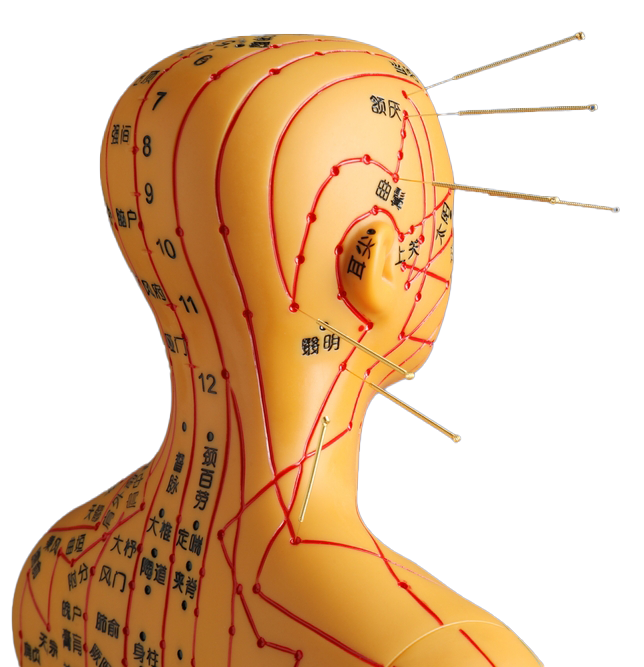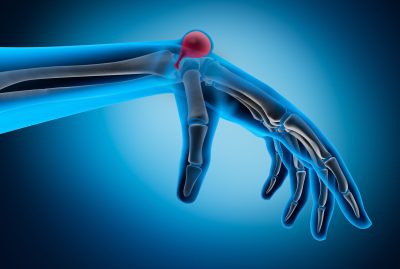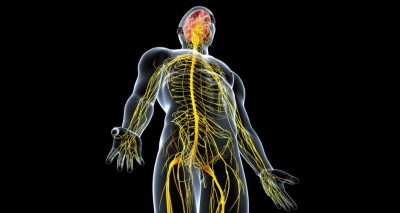- Facet joint Radiofrequency Thermocoagulation (RFT) Treatment
- Radiofrequency Thermocoagulation Dorsal root ganglion (DRG) radiofrequency thermocoagulation (RFT)
- Discitis Procedure
- Sacroiliac Joint Radiofrequency Treatment (Simplicity)
- In-Disc Ozone Therapy
- Nucleoplasty
- Transforaminal Injection (Pinpoint)
- Facet joint block
- Epidural Injection
Trigeminal Nerve RFT
- Home
- Head & Face Pain Treatments
- Trigeminal Nerve RFT
Contents
Toggle- Creating an individualised treatment plan
- The role of different specialities (physiotherapist, orthopaedist, psychologist, neurosurgeon)
- Pain treatment during pregnancy
- Treatment of chronic pain in the elderly
- Pain management in children
- Stress management
- Healthy eating
- Ergonomic living arrangements
- Exercise and mobility
- Facet joint Radiofrequency Thermocoagulation (RFT) Treatment
- Radiofrequency Thermocoagulation Dorsal root ganglion (DRG) radiofrequency thermocoagulation (RFT)
- Discitis Procedure
- Sacroiliac Joint Radiofrequency Treatment (Simplicity)
- In-Disc Ozone Therapy
- Nucleoplasty
- Transforaminal Injection (Pinpoint)
- Facet joint block
- Epidural Injection
- Cancer pain
- Permanent Epidural / Spinal Port Application
- Vascular Port (Permanent Vascular Access)
- Trigeminal Nerve RFT
- Blockade of Ganglion Stellatum
- Lumbar Sympathetic Ablation
- Facet joint Radiofrequency Thermocoagulation (RFT) Treatment
- Radiofrequency Thermocoagulation Dorsal root ganglion (DRG) radiofrequency thermocoagulation (RFT)
- Hernia Burning (IDET)
- Discitis Procedure
- Sacroiliac Joint Radiofrequency Treatment (Simplicity)
- Permanent Epidural / Spinal Port - Pump System
- In-Disc Ozone Therapy
- Nucleoplasty
- Peripheral Nerve Block
- Transforaminal Injection (Pinpoint)
- Facet joint block
- Epidural Injection
- Intra-articular Fluid Treatment
- Dorsal root ganglion (DRG) radiofrequency thermocoagulation (RFT)
- Spinal cord stimulation (pain pacemaker)
- Ergonomic living arrangements
- Spinal cord stimulation (pain pacemaker)
- Nucleoplasty
- Radiofrequency ablation
- Herbal solutions
- Dry needle treatment
- Anti-ageing treatments
- Ozone therapy
- Cupping therapy - Cupping
- Mesotherapy
- Prolotherapy
- Acupuncture
- Stem Cell Therapy
- Nerve blockages
- Corticosteroid injections
- Massage and relaxation techniques
- Manual therapy
- Electrotherapy
- Neuropathic pain medications
- Anti-inflammatory drugs
- Muscle relaxants
- Painkillers (paracetamol, ibuprofen, etc.)
Trigeminal Nerve Radiofrequency Thermocoagulation (RFT)is a minimally invasive treatment method applied to control chronic and severe pain caused by the trigeminal nerve. This method can provide effective pain control in conditions such as trigeminal neuralgia.
Trigeminal Nerve and Trigeminal Neuralgia
- Trigeminal Nerve It is the 5th cranial nerve that carries sensory and motor functions in the face. It has three main branches: ophthalmic (V1), maxillary (V2) and mandibular (V3).
- Trigeminal Neuralgia This is a condition that manifests itself with sudden, severe and usually short-term pain in the face as a result of damage or compression of the nerve. It can be triggered by simple activities such as eating, talking or touching.
What is Radiofrequency Thermocoagulation (RFT)?
RFT is the process of heating nerve fibres in a controlled manner using radio waves and disabling the fibres that transmit pain. RFT applied to the trigeminal nerve aims to stop the pain transmission of this nerve. During the procedure, the targeted nerve fibres are precisely processed and the pathways responsible for pain are blocked.
How is the Procedure Performed?
- Evaluation and Preparation:
- The patient undergoes a detailed evaluation with a diagnosis of trigeminal neuralgia.
- The procedure is usually performed under local anaesthesia and light sedation.
- Targeting:
- The patient is placed in the appropriate position and the skin is sterilised.
- With the help of fluoroscopy (X-ray)The ganglion area of the trigeminal nerve (Gasser's ganglion) is targeted.
- Needle Placement:
- A thin needle is guided under the skin and into the facial bone to reach the Gasser ganglion.
- Nerve Test:
- The RFT device is used to confirm that the nerve fibres have been targeted correctly. At this stage, the patient may feel a slight sensation or contraction on the face.
- Radiofrequency Application:
- The device sends radio waves to the targeted nerve fibres, heating and deactivating them. The heat only affects the pain-conducting part of the nerve, not the entire nerve fibre.
- Completion:
- After the procedure is completed, the needle is removed and the area is sterilised. The patient is observed for a short time and is usually discharged on the same day.
Advantages
- Effective Pain Control: It can reduce the pain caused by trigeminal neuralgia for a long time.
- Minimally Invasive It is done without the need for surgical intervention.
- Fast Recovery Process: Most patients can return to normal activities within a few days.
- Local Application: Pain transmission is stopped, but other sensory functions of the face are preserved.
- Repeatability: The procedure can be repeated when the effect of the treatment is reduced.
Who is it suitable for?
- Patients with trigeminal neuralgia who do not get sufficient relief with medication.
- Individuals who are not suitable for surgery or who do not prefer surgery.
- Patients with a limited and specific pain in the facial area.
Risks and Side Effects
RFT is generally a safe procedure, but the following possible side effects may occur:
- Temporary numbness: Temporary loss of sensation in the treated area.
- Persistent numbness In rare cases, permanent numbness of part of the face may occur as a result of the targeted nerve fibres being affected.
- Mild weakness in the facial muscles: In very rare cases, it can be seen temporarily.
- Infection: Infection may rarely develop at the needle entry site.
- Recurrence of Pain: If the pain after the procedure cannot be controlled for a long time, the treatment can be repeated.
Post Procedure Care
- The patient can return home within a few hours after the procedure.
- There may be slight tenderness or bruising at the needle insertion site; this usually resolves within a few days.
- If the pain cannot be controlled or if there are signs of complications after the procedure (severe numbness, infection, etc.), a doctor should be consulted.
Treatment Effectiveness
- Most patients experience a significant pain reduction after RFT. The effect of the treatment usually lasts between 6 months and several years.
- The duration of the effect may vary from person to person and the procedure can be repeated if the pain recurs.
Conclusion
Trigeminal Nerve RFTis an effective, safe and minimally invasive option for managing chronic and severe pain such as trigeminal neuralgia. It offers a solution that improves quality of life, especially for patients who do not receive sufficient benefit from other treatment methods. A neurology or pain specialist should be consulted for the appropriateness and details of the treatment.
Our treatments
- Home
- Head & Face Pain Treatments
- Trigeminal Nerve RFT




